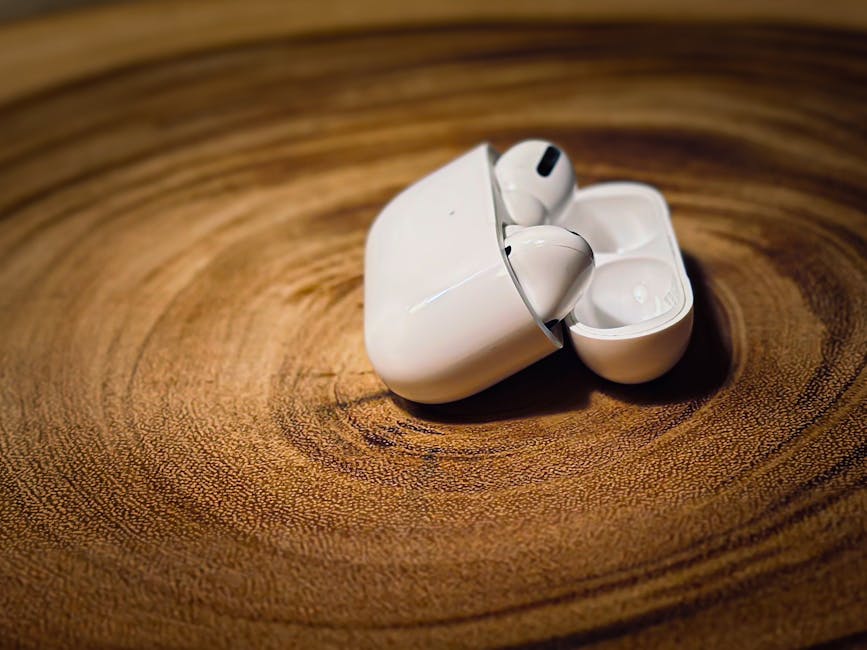
Effective Strategies to Quit Sugar Successfully
Effective Strategies to Quit Sugar Successfully
Sugar addiction is a common challenge many people face today. From hidden sugars in processed foods to the irresistible cravings for desserts, reducing sugar intake can feel like an uphill battle. However, with the right strategies, you can successfully quit sugar and enjoy better health. This guide provides practical steps to help you break free from sugar dependence and maintain a balanced lifestyle.
Understanding Sugar Addiction
Before diving into strategies, it’s essential to understand why sugar is so addictive. Sugar triggers the release of dopamine, a neurotransmitter associated with pleasure and reward. Over time, frequent sugar consumption can lead to tolerance, requiring more sugar to achieve the same satisfaction.
Common Sources of Hidden Sugar
Many processed foods contain added sugars, even those marketed as “healthy.” Some surprising sources include:
- Salad dressings
- Yogurt
- Granola bars
- Pasta sauces
- Bread
Being aware of these hidden sugars is the first step in reducing your intake.
Step 1: Set Clear Goals
Quitting sugar abruptly can be challenging, so setting realistic goals is crucial. Consider these approaches:
Gradual Reduction vs. Cold Turkey
- Gradual Reduction: Slowly decrease sugar intake over weeks to minimize withdrawal symptoms.
- Cold Turkey: Eliminate all added sugars immediately for faster results but may cause stronger cravings.
Choose the method that best suits your lifestyle and willpower.
Define Your “Sugar-Free” Rules
Decide what types of sugars you’ll eliminate:
- Refined sugars (white sugar, high-fructose corn syrup)
- Natural sweeteners (honey, maple syrup)
- Artificial sweeteners (aspartame, sucralose)
Step 2: Clean Up Your Diet
Read Food Labels Carefully
Look for ingredients ending in “-ose” (fructose, sucrose) and other sugar aliases like malt syrup or agave nectar.
Opt for Whole, Unprocessed Foods
Focus on:
- Fresh vegetables and fruits (moderate intake of high-sugar fruits like mangoes and grapes)
- Lean proteins (chicken, fish, tofu)
- Healthy fats (avocados, nuts, olive oil)
Prepare Sugar-Free Alternatives
Replace sugary snacks with healthier options:
- Dark chocolate (70% cocoa or higher)
- Nuts and seeds
- Fresh berries with unsweetened yogurt
Step 3: Manage Sugar Cravings
Stay Hydrated
Dehydration can mimic hunger and sugar cravings. Drink water or herbal tea when cravings strike.
Eat Balanced Meals
Ensure meals contain protein, fiber, and healthy fats to stabilize blood sugar levels.
Distract Yourself
Engage in activities like walking, reading, or calling a friend to shift focus away from cravings.
Step 4: Overcome Withdrawal Symptoms
Quitting sugar can lead to temporary withdrawal symptoms such as headaches, fatigue, and irritability. Here’s how to cope:
Get Enough Sleep
Lack of sleep increases cravings for sugary foods. Aim for 7-9 hours per night.
Exercise Regularly
Physical activity helps reduce stress and regulate mood, making it easier to resist cravings.
Supplement Wisely
Magnesium and chromium supplements may help stabilize blood sugar levels.
Step 5: Build Long-Term Habits
Practice Mindful Eating
Pay attention to hunger cues and avoid emotional eating.
Find Sugar-Free Rewards
Replace sugary treats with non-food rewards like a relaxing bath or a new book.
Stay Accountable
Track your progress in a journal or join a support group for motivation.
Conclusion
Quitting sugar is a journey that requires patience and commitment. By setting clear goals, cleaning up your diet, managing cravings, and building sustainable habits, you can successfully reduce sugar dependence and improve your overall well-being. Start small, stay consistent, and celebrate your progress along the way!
Would you like additional tips on maintaining a sugar-free lifestyle? Let us know in the comments!# Effective Strategies to Quit Sugar Successfully
Sugar has become one of the most challenging substances to eliminate from our diets. Found in nearly every processed food and often consumed in excessive amounts, sugar contributes to weight gain, energy crashes, and long-term health problems. However, with the right approach, you can break free from sugar dependence and reclaim your health. This comprehensive guide provides science-backed strategies to help you quit sugar successfully and maintain a balanced lifestyle.
Understanding Sugar Addiction
The Science Behind Sugar Cravings
Sugar activates the brain’s reward system by triggering dopamine release, creating a cycle of craving and consumption similar to addictive substances. Research shows that sugar can be as habit-forming as some drugs, making it difficult to quit without a structured plan.
Hidden Sugars in Everyday Foods
Many seemingly healthy foods contain surprising amounts of added sugar. Be vigilant about these common sources:
- Condiments: Ketchup, barbecue sauce, and salad dressings
- “Healthy” snacks: Granola, protein bars, and flavored yogurt
- Beverages: Fruit juices, sports drinks, and specialty coffees
- Packaged foods: Bread, canned soups, and frozen meals
Learning to identify these hidden sugars is crucial for reducing your intake.
Step 1: Prepare for Success
Set Realistic Goals
Decide whether to quit gradually or go cold turkey based on your personality and habits:
- Gradual reduction: Cut back on sugary foods week by week to minimize withdrawal symptoms.
- Cold turkey: Eliminate all added sugars immediately for faster results (may be harder initially).
Clear Your Environment
Remove temptation by:
- Purging your pantry of sugary snacks
- Avoiding grocery shopping when hungry
- Keeping healthy alternatives readily available
Step 2: Revamp Your Diet
Focus on Whole Foods
Build your meals around:
- Protein: Eggs, fish, lean meats, legumes
- Healthy fats: Avocados, nuts, olive oil
- Fiber-rich carbs: Vegetables, berries, whole grains
These nutrients help stabilize blood sugar and reduce cravings.
Smart Sugar Swaps
Replace common sugary items with healthier alternatives:
| Sugary Food | Healthier Alternative |
|————-|———————–|
| Soda | Sparkling water with lemon |
| Candy | Dark chocolate (85%+) |
| Ice cream | Frozen banana “nice cream” |
| Sweetened yogurt | Plain Greek yogurt with berries |
Step 3: Manage Cravings Effectively
The 15-Minute Rule
When cravings hit, wait 15 minutes while:
- Drinking a glass of water
- Going for a short walk
- Brushing your teeth
Most cravings pass within this timeframe.
Balanced Eating Schedule
Prevent blood sugar crashes by:
- Eating protein with every meal
- Never skipping breakfast
- Carrying healthy snacks (like nuts or hard-boiled eggs)
Step 4: Navigate Withdrawal Symptoms
Common Withdrawal Effects
Expect 3-5 days of:
- Headaches
- Fatigue
- Irritability
- Brain fog
These are temporary signs your body is adjusting.
Natural Relief Methods
Ease symptoms with:
- Hydration: 2-3 liters of water daily
- Electrolytes: Bone broth or mineral water
- Sleep: Prioritize 7-9 hours nightly
- Gentle exercise: Yoga or walking
Step 5: Maintain Long-Term Success
Mindful Eating Practices
- Eat slowly without distractions
- Stop when 80% full
- Savor natural flavors
Non-Food Rewards
Celebrate milestones with:
- A massage
- New workout gear
- A fun experience
Ongoing Support
Stay motivated by:
- Joining a sugar-free challenge group
- Tracking progress in a journal
- Finding an accountability partner
The Sweet Rewards of Quitting Sugar
Within weeks of reducing sugar, you’ll likely notice:
- More stable energy levels
- Improved sleep quality
- Better concentration
- Healthier skin
- Easier weight management
Final Thoughts
Quitting sugar is one of the most impactful health decisions you can make. While challenging at first, the benefits far outweigh the temporary discomfort of withdrawal. Remember that occasional slip-ups are normal—what matters is your overall commitment to reducing sugar long-term.
Ready to begin your sugar-free journey? Start today by implementing just one strategy from this guide, and build from there. Your future self will thank you!
Have you successfully reduced sugar in your diet? Share your best tips in the comments below!







